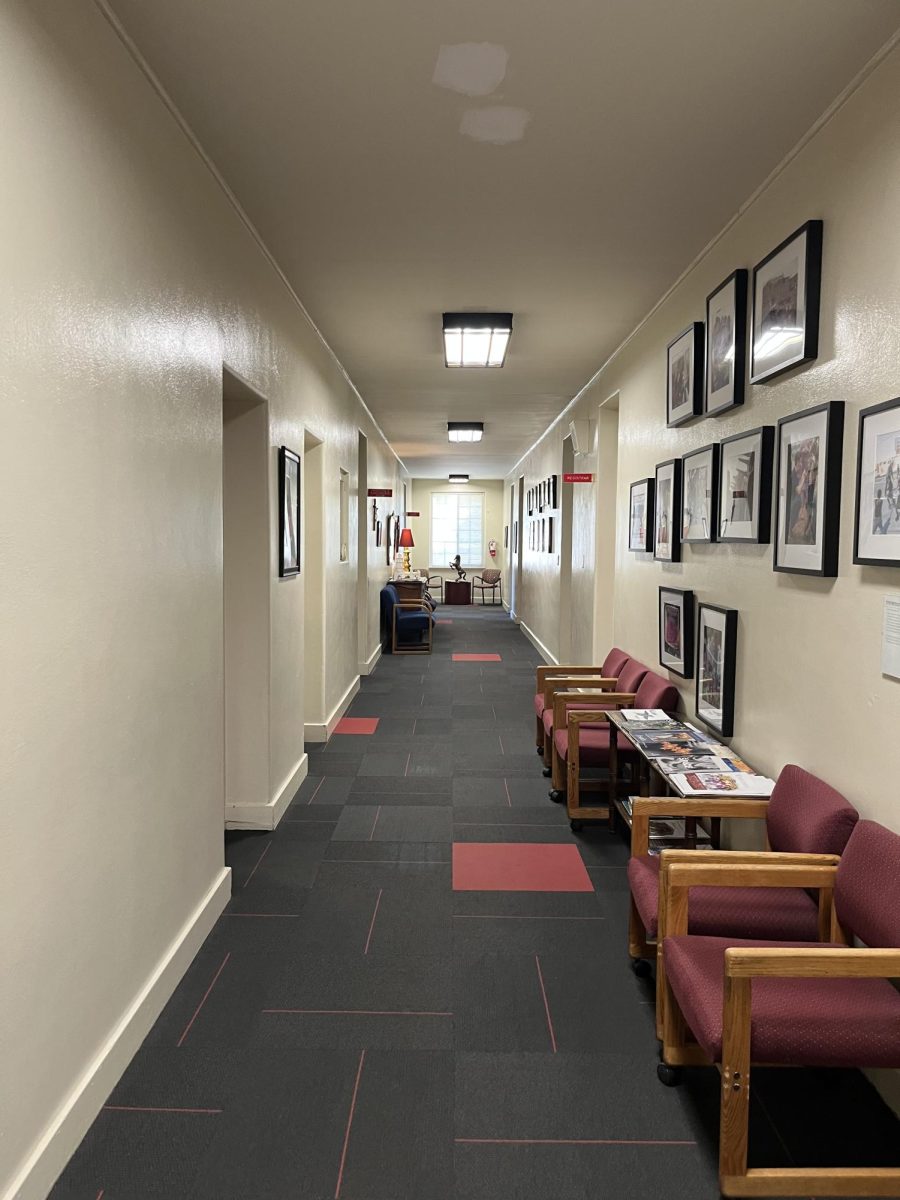By Julian De Ocampo ’13
THE ROUNDUP
The word “Brophy” is uttered, typed and read every single day by hundreds upon hundreds of students and faculty.
It’s shouted at football games, the letters are painted on students’ bodies every Friday and it’s been printed on dozens of articles of clothing worn by hundreds.
“Brophy” is a word able to elicit strong emotions of pride, joy or even anger for many residents of Phoenix and the surrounding cities.
And amidst all the usage and commotion, it’s sometimes all too easy to forget what the word “Brophy” really is – someone’s last name.
Brophy College Preparatory takes its name from William Henry Brophy, who left nearly $250,000 in his will to be put towards the founding of a preparatory school.
Ellen A. Brophy, better known as Mrs. William Henry Brophy in the Brophy canon, was faced with the task of seeing Mr. Brophy’s wish carried out after he died in an untimely fishing accident in the Sea of Cortez.
Mrs. Brophy searched high and low for a place to found the school, considering Los Angeles as a potential site before being approached by the Jesuits, according to Brophy Vice President Ms. Adria Renke. After a few talks, Mrs. Brophy believed that her late husband’s money would be in good hands, and gave the Jesuits the funding to construct Brophy College Preparatory, which at the time consisted only of Regis Hall (now called Frank C. Brophy Hall), Romley Hall (a home for the Jesuits) and the Brophy Chapel.
Mrs. Brophy left the Jesuits to their work, but not without a few requests and additions, specifically in the Chapel.
First off, Mrs. Brophy requested a seashell motif in many of the chapel’s features, a tribute to her husband’s cause of death that can be seen in subtle places like the light sconces.
Mrs. Brophy also pulled several connections to ensure that the highest caliber of stain-glass windows adorned the Chapel. The jewel windows were imported from Ireland with help from a friend of Mrs. Brophy, making Brophy Chapel one of only three churches in the United States to have jewel stain-glass windows from Ireland, according to Ms. Renke.
Another close friend of Mrs. Brophy donated the crucifix which now hangs in the Harper Great Hall.
The crucifix, more than 400 years old, is an ancient relic imported from a French monastery. Aside from these little flourishes, the Brophy family stepped out of the operational way of the Jesuits for the following decades while always maintaining close ties to the school.
“The family is steeped in the tradition of Brophy history,” Ms. Renke said. “It’s a very emotional closeness.”
Descendants of Mrs. Brophy continued to attend the school down through the generations, despite changes in name due to marriage.
Mrs. Brophy’s grandson, Frank Brophy, attended the school and was a strong supporter until his death. A picture of him sits on the west side of Brophy Hall, the building having been dedicated to him after his death.
In recent years, according to Sallie Brophy Najafi, the great-granddaughter of Mrs. Brophy herself, the ranks of the Brophy family in Arizona have dwindled as generations moved to Texas and California.
But Brophy family members still often have baptisms, marriages and funerals at the Brophy Chapel, a right usually only reserved for Brophy alumni.
As of now, the Brophy family has no financial stake in the school, but those bearing the Brophy name are often greeted warmly by the school’s administration.
“It’s really the Jesuits who have put Brophy on the map,” Najafi said.
“It’s one thing to have founded the school, but the Jesuits made it the great school that it is.”
And despite the passing of time between the school’s advent and her birth, Najafi said she is proud to have the school bear her family name.
“It’s hard to be excited about something your ancestors did,” Najafi said.
“But I’m so glad to have a school like Brophy in Phoenix … it’s a fine legacy to have.”











